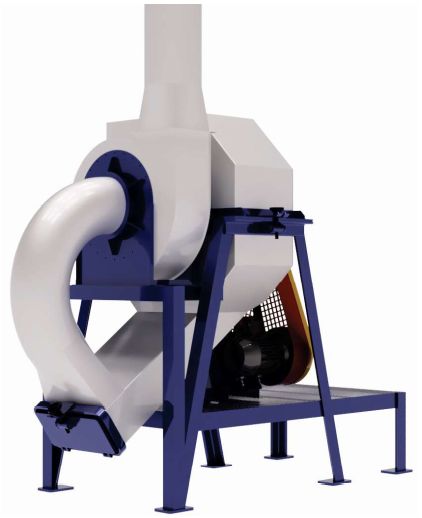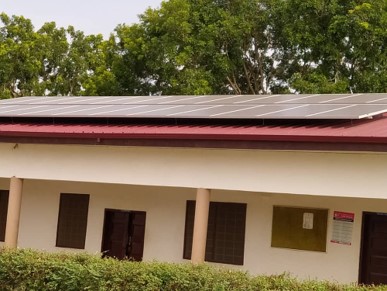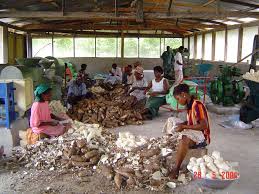AGRITECH – SUSTAINABLE EFFICIENT SOLUTIONS
The funding for the project is from the Global Challenges Research Fund (GCRF) and Foreign, Commonwealth & Development Office (FCDO) through the Agri-Tech Catalyst

Cassava processing in Ghana & Africa
PSECC Ltd – Our Equipment assists Food security – Circular Economy Renewable Energy Technology 1.5 Degree Consistency
Trusted Food processing Equipment – more efficient
PSECC Ltd – Lead company



Equipment designed by NRI to enable cooperatives to own new equipment to process Cassava more efficiently and help save 30% to 40% crop loss.
We are working with Syscraft Limited in Kenya to utilise the recycled metal from our waste plants to be used in the manufacture of the Hammer Mill. Syscraft Limited has the assistance from the University of Greenwich in Kenya to support the project.

Speed up processing, powered by Solar PV….
University of Greenwich – NRI – Ghana – Cassava Hammer Mill powered by Solar PV – Flour production Innovate UK funded project

Cassava Crop
Cassava is harvested and then gets processed – we aim to improve that processing to be more efficient and a much cleaner process, one that protects and enhances the Duty-of-Care towards processors.

New small scale processing equipment
The new Hammer Mill powered by Solar PV electricity for Village Cooperatives.

Reducing crop loss – Cassava processing Hammer Mill
This design by NRI at the University of Greenwich will grind, dry and process the Cassava Roots saving much time resulting in less crop loss.

Powered by Solar PV
Food Research Institute of Ghana – FRI is involved in this exciting project. The Hammer Mill will be powered by the Solar PV panels on the roof of the FRI building in Accra, Ghana. Food security, Poverty reduction, job creation and many SDG’s will be met and the Minister of Environment visited & liked the project.

Manual peeling of the Cassava Roots…..
NRI have designed and are offering assistance to villages and small cooperatives to have the new Hammer Mill – PSECC Ltd in the UK will also work with the Government of Ghana – One District – One Factory vision to promote the uptake of the new Hammer Mills throughout Ghana to process Cassava (Gari).
Crop Loss
Our equipment is made by Food Products Enterprises in ACCRA, GHANA- NRI – Natural Resources Institute at the University of Greenwich is the lead Technical partner on this Cassava Flour project. Cassava starch is a very different product from cassava flour and the equipment and steps needed to produce them are distinct – please make contact with your enquiry.
Upto 30% to 40% Crop loss occurs of Cassava due to wastage and poor processing abilities – our new Hammer Mill will produce a mash and process Cassava Root (still considered by some as a Tuber) powered by Solar PV for small holders and cooperatives.
PSECC Ltd the project admin lead are already in discussions with the Government of Ghana over the past four years on Waste management and also Renewable Energy. Our partners for these projects are Alset Power Company Inc & Siemens.
It is our intention to discuss with Alset Power about this Cassava project and hope they can arrange to provide the Government of Ghana $500 million for Solar PV projects, of which $100 million will be targeted at small Off Grid Solar PV Mini-grids. Some of these Solar PV Mini-Grids could power the Hammer Mills in Rural small communities. It is hoped that the $26,000 cost of the equipment needed with the Solar PV power supply to process Cassava could be made from profits from possible Solar Farms or Solar Mini-Grids in Ghana – this is an ongoing project for development.
Cassava,a root crop (Manihot esculenta), also called manioc, mandioca, or yuca, tuberous edible plant of the spurge family (Euphorbiaceae) from the American tropics. It is cultivated throughout the tropical world for its tuberous roots, from which cassava flour, breads, tapioca, a laundry starch, and an alcoholic beverage are derived. Cassava probably was first cultivated by the Maya in Yucatán
Cassava is a perennial plant with almost palmate (fan-shaped) leaves resembling those of the related castor-oil plant but more deeply parted into five to nine lobes. The fleshy roots are reminiscent of dahlia tubers. Different varieties range from low herbs to branching scrubs and slender unbranched trees. Some are adapted to dry areas of alkaline soil and others to acid mud banks along rivers.
PSECC Reference:
To whom it may concern,
It is with great pleasure that I offer this reference for PSECC and in particularly Alan Brewer for the professional, courteous and efficient project and stakeholder management of the Intergovernmental InnovateUK funded project for which I was the Monitoring Officer.
The project involved the successful design and development of a Cassava Hammermill for African countries with their specific requirements given the climate and agricultural environments as well as their financial and resourcing constraints. Their knowledge and understanding of the customer base was exceptional and the ability to combine expertise from partners companies with the local situations was exemplary.
Your sincerely,
Dr Adele-Louise Carter
MD Kiteway Ltd